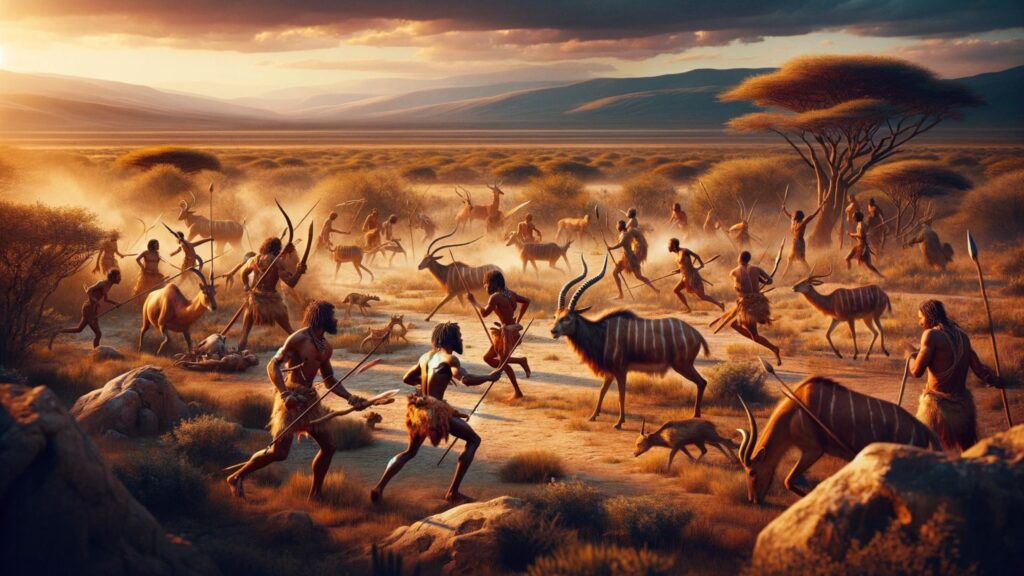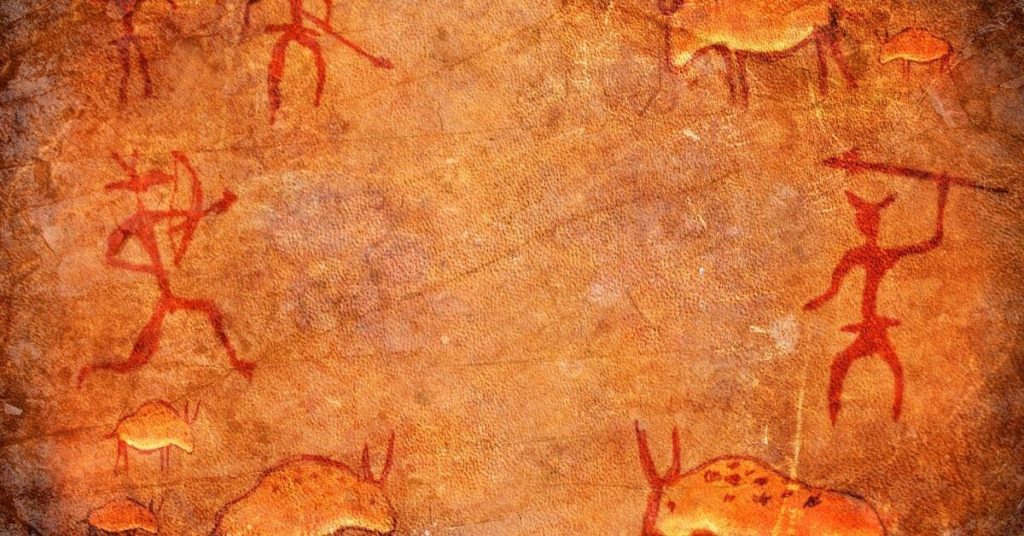The Blue Zones concept refers to specific areas around the world where people live exceptionally long lives. This concept was popularized by Dan Buettner, who identified these zones through demographic research and epidemiological studies. The regions identified as Blue Zones include Okinawa (Japan), Sardinia (Italy), Nicoya (Costa Rica), Icaria (Greece), and Loma Linda (California). These areas are characterized by unique lifestyles and dietary habits that are believed to contribute to the longevity and health of their populations. The study of Blue Zones aims to understand the factors that promote such long, healthy lives.
Introduction
In an exploration of ancient nutrition and the Blue Zones concept, Mary Ruddick, a nutrition expert with extensive field experience, offers a fresh and intriguing perspective.
Her journey through various Blue Zones, regions known for their exceptional longevity, reveals surprising insights about traditional diets.
Contrary to the common belief in predominantly plant-based diets in these zones, Ruddick’s observations underscore the significant role of animal-based foods.
This approach challenges conventional dietary norms and aligns with the principles of the carnivore diet, emphasizing the health benefits and historical relevance of meat-centric nutrition.
Reevaluating the Blue Zones involves a shift from initial impressions to a more nuanced understanding, especially in the context of the carnivore diet and the concept of the “Proper Human Diet.”
The initial allure of Blue Zones as models for longevity is met with skepticism upon deeper examination. This skepticism arises from exploring indigenous diets in these regions, where a surprising emphasis on animal-based nutrition is observed.
These findings challenge the prevalent notion of plant-centric diets in Blue Zones and highlight the health impacts of meat-rich diets, aligning with the principles of the carnivore diet as a potentially more accurate reflection of what might constitute a “Proper Human Diet.”
For a deeper understanding of how these traditional diet principles can be applied in today’s world, explore ‘Unlocking Healthier Living with Dr. Ken Berry’s Proper Human Diet,’ which provides a revolutionary approach to nutrition.
Indigenous Diets and Nutrition

Mary Ruddick’s Observations
Mary Ruddick’s explorations reveal a striking aspect of indigenous diets across various Blue Zones.
Contrary to the popular belief in plant-dominated diets, her findings underscore a significant reliance on animal-based foods.
This aspect not only highlights the nutritional robustness of such diets but also aligns with the principles of the carnivore diet, suggesting a deep-rooted connection between meat consumption and health.
The Role of Animal-Based Diets
Ruddick’s research brings to light the diverse ways in which animal products are integrated into traditional diets.
From primary protein sources to the use of animal fats for cooking, these diets emphasize the health benefits derived from animal-based nutrition.
This perspective offers a compelling argument for considering the carnivore diet as a more historically accurate representation of the “Proper Human Diet,” potentially offering insights into optimal health and longevity.
The health implications of traditional diets compared to modern diets are significant. Traditional diets, often rich in animal-based foods, have been linked to lower incidences of modern health issues like diabetes.
This contrast with modern diets, which are higher in processed foods and carbohydrates, suggests that changes in diet could be a factor in the prevalence of such health issues.
The discussion points to the potential benefits of revisiting more traditional, meat-centric dietary approaches in addressing modern health concerns.
Gain a more comprehensive understanding of how different cultures embrace ancestral eating habits in alignment with the Proper Human Diet by visiting ‘Ancestral Eating Habits Around the World.’ This resource offers an in-depth exploration of traditional diets worldwide.
Cultural Myths and Dietary Practices

Debunking Blue Zones Diet Myths
The common perception of Blue Zones diets as primarily plant-based is challenged by evidence pointing towards a significant inclusion of animal products.
For example, in some Blue Zones, traditional diets are heavily reliant on meats, including lesser-known parts like organ meats and blood, which are key to their nutritional practices.
Cultural Significance of Traditional Foods
Organ meats and blood, often overlooked in modern diets, are staples in many traditional diets and are revered for their nutritional value.
In certain cultures, these foods are not only a source of sustenance but also hold ceremonial importance, reflecting a deep-rooted respect for animal-based nutrition. This highlights the need to reevaluate modern dietary norms in light of historical and cultural food practices.
Conclusion

Mary Ruddick’s experiences in exploring Blue Zones diets bring forth key findings that challenge conventional dietary beliefs. Her observations highlight the significant role of animal-based foods, including organ meats and blood, in traditional diets known for promoting longevity and health.
These insights suggest that modern dietary habits, often focused on processed foods and lacking in nutrient-dense animal products, may benefit from incorporating aspects of these traditional diets.
This reevaluation offers a fresh perspective on achieving optimal health through diet, emphasizing the importance of understanding and integrating historical and cultural food practices.
For those interested in exploring further how to integrate these traditional dietary insights into modern eating habits, ‘Proper Human Diet: A Beginner’s Guide‘ offers a comprehensive starting point.


